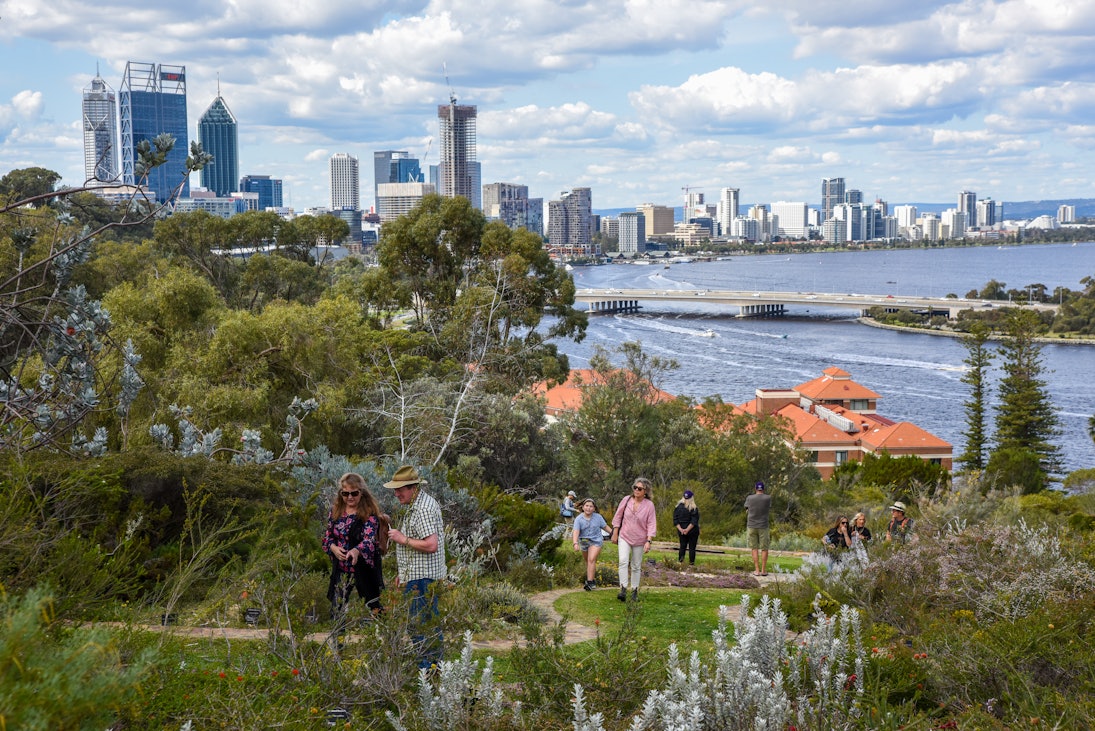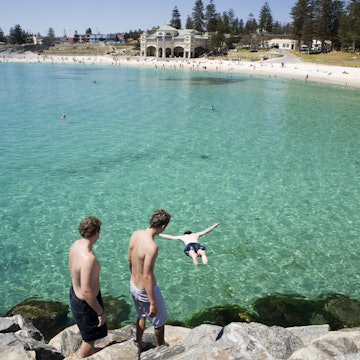

© Ronan O'Connell/Lonely Planet
Overview
If the vast expanse of Western Australia (WA) was a separate nation, it would be the world's 10th-largest (bigger than Algeria, smaller than Kazakhstan). Most of WA's population clings to the coast, yet you can wander along a beach here without seeing another footprint, or be one of a few scattered campers stargazing in a national park.

















